Dream Chamber is arguably the most important sculpture of Romanian-born Israeli Canadian artist Sorel Etrog’s (1933–2014) Hinges period (1972–79). Like other examples from this creative moment, where the structural device is used to connect different elements, it embodies the idea of representing motion through a work that cannot move.
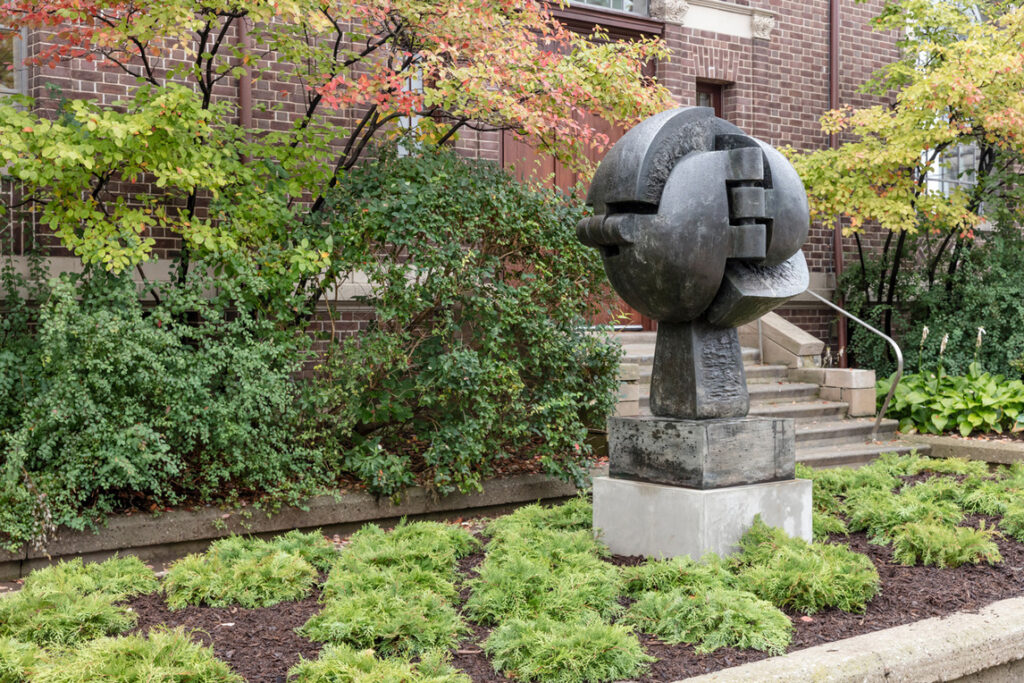
Bronze, edition of 3, 157.5 cm (h)
MacLaren Art Centre, Barrie, Ontario
The bronze sculpture—which was lent to Prime Minister Pierre Trudeau in 1983 and located until the summer of 2017 in the garden of the Canadian prime minister’s official Ottawa residence at 24 Sussex Drive—is a globe whose surface is composed of several hinged doors waiting to be opened. This is of course not possible, as Dream Chamber’s rounded sphere is permanently locked, its hinges forever closed. The sculpture’s form and name suggest the existence of an inner world that is always inaccessible to the viewer.
Dream Chamber belongs to a group that Etrog called Introverts, “a tongue-in-cheek reference to their closed forms.” In the artist’s view, these sculptures contained “inner chambers [that] have a mysterious existence, where memories and images from dreams are stored.” He went on to describe how in this body of work “the hinges only suggest the possibility that the ambiguous inner world may be opened and revealed.” For Etrog, it was necessary that certain doors remained sealed.
This Spotlight is excerpted from Sorel Etrog: Life & Work by Alma Mikulinsky.
 Stitching the Archives
Stitching the Archives
 A Working-Class Hero
A Working-Class Hero
 Imagining Entangled Futures
Imagining Entangled Futures
 Bridging Far and Near
Bridging Far and Near
 Soft Power
Soft Power
 Imagining Emancipation
Imagining Emancipation
 A Priceless Portrait
A Priceless Portrait
 Meditation in Monochrome
Meditation in Monochrome
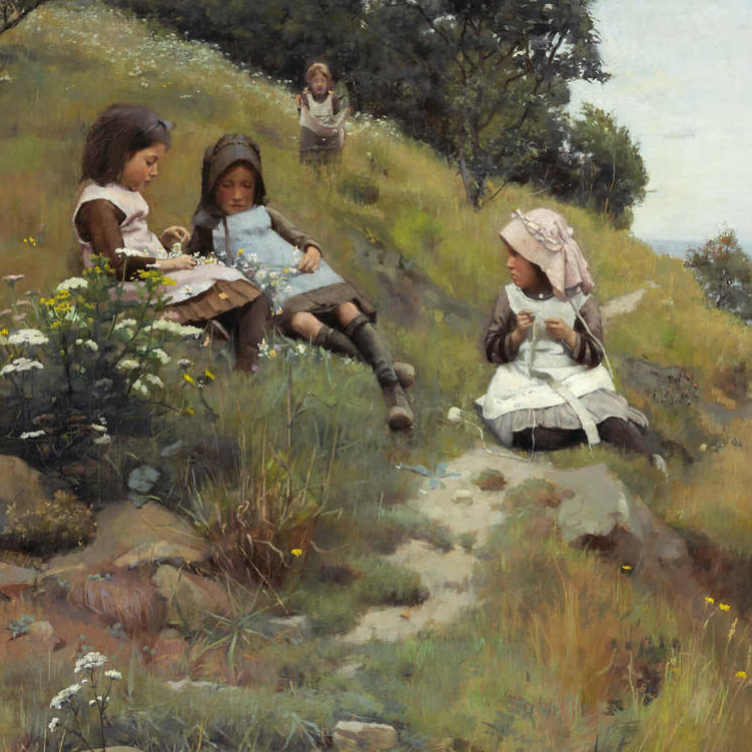 Making His Mark
Making His Mark
 Honour and Sacrifice
Honour and Sacrifice
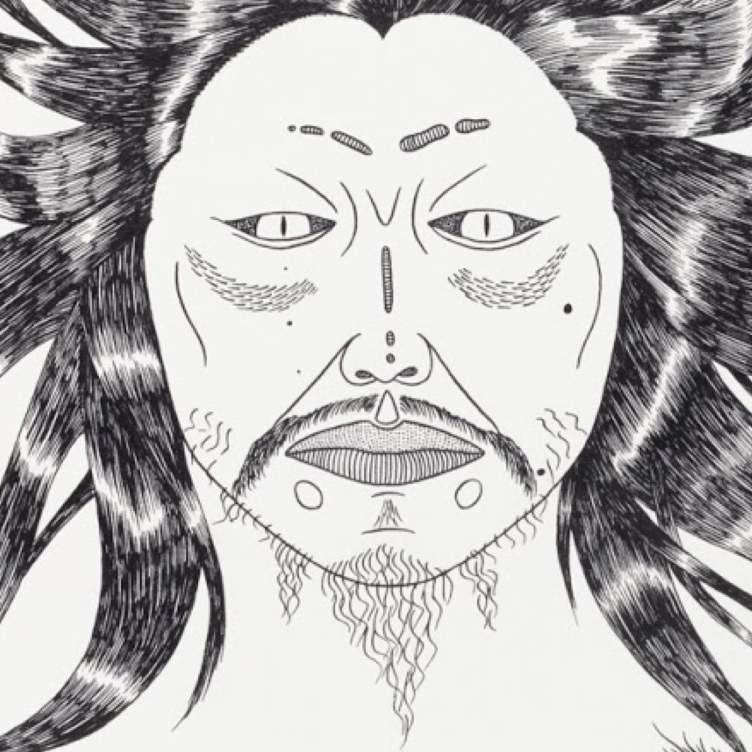 A Monstrous Vision
A Monstrous Vision
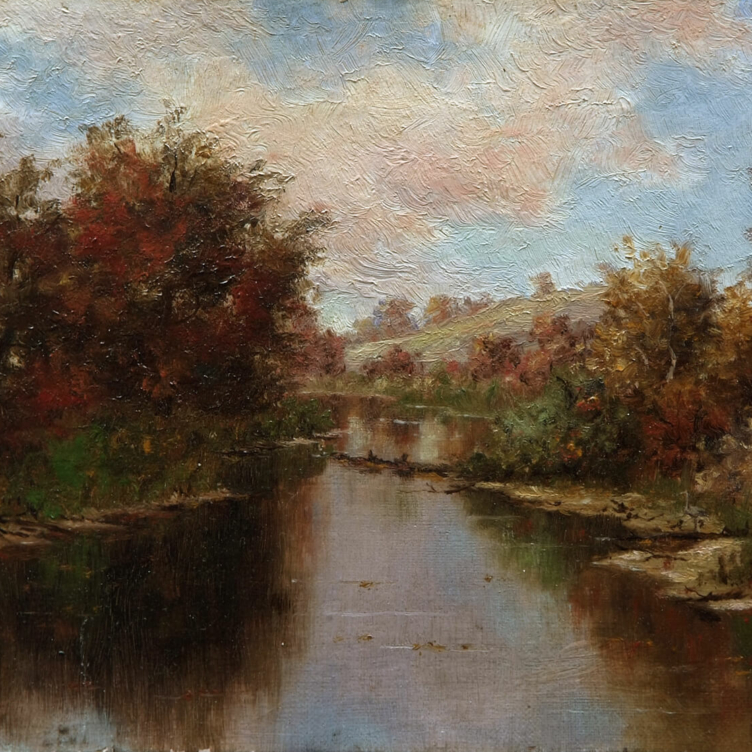 Remote Beauty
Remote Beauty
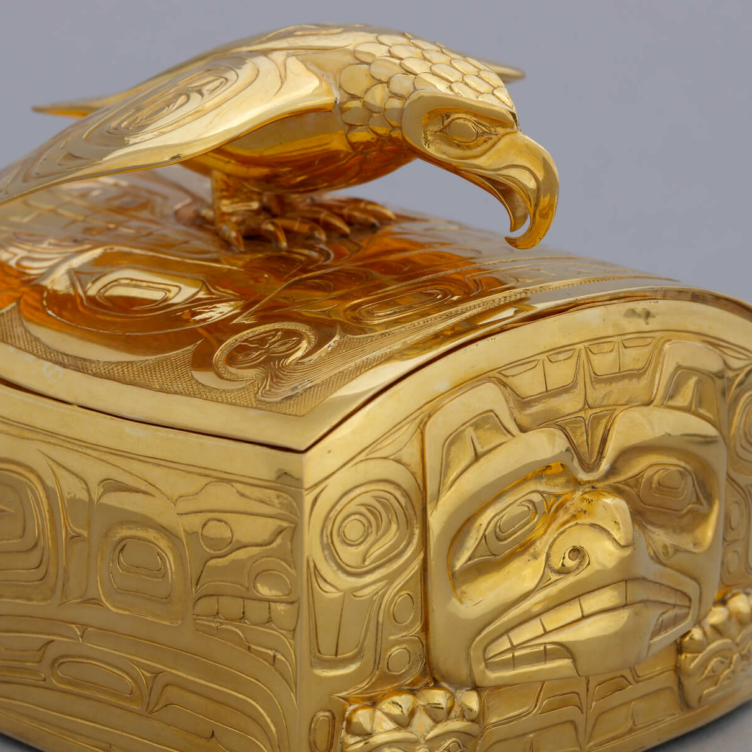 Pride and Resistance
Pride and Resistance
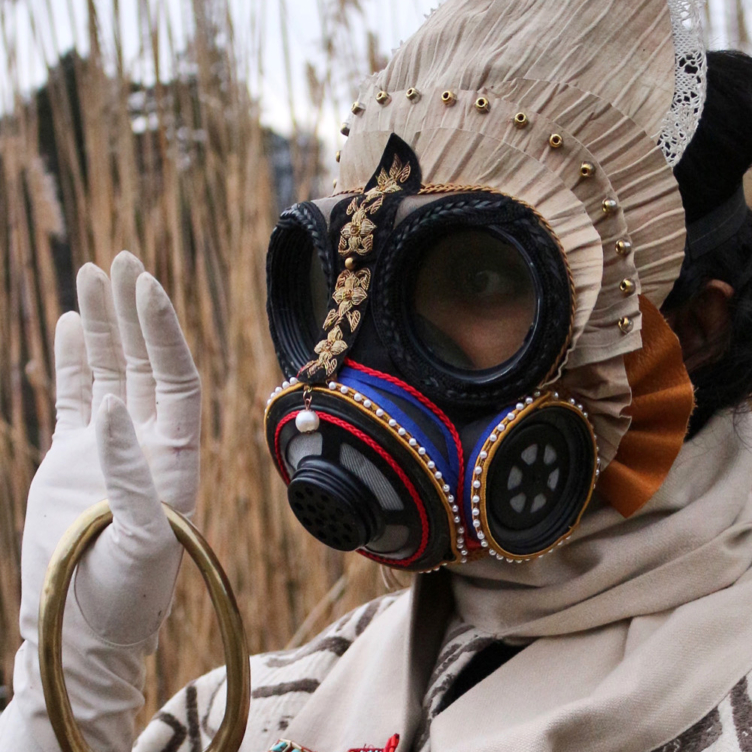 Dressed for Danger
Dressed for Danger
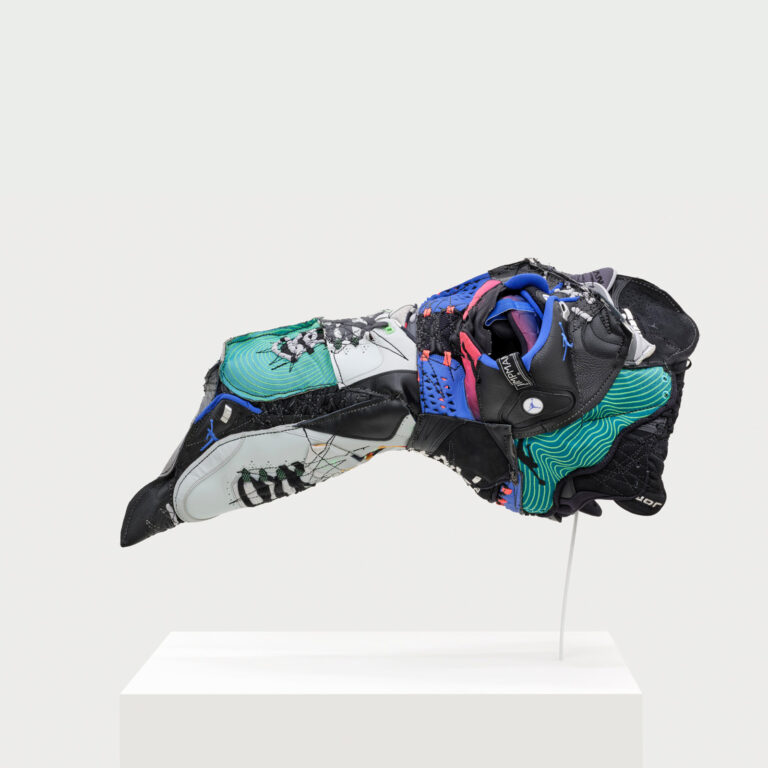 Masks from the Past
Masks from the Past
 Lessons from the Land
Lessons from the Land
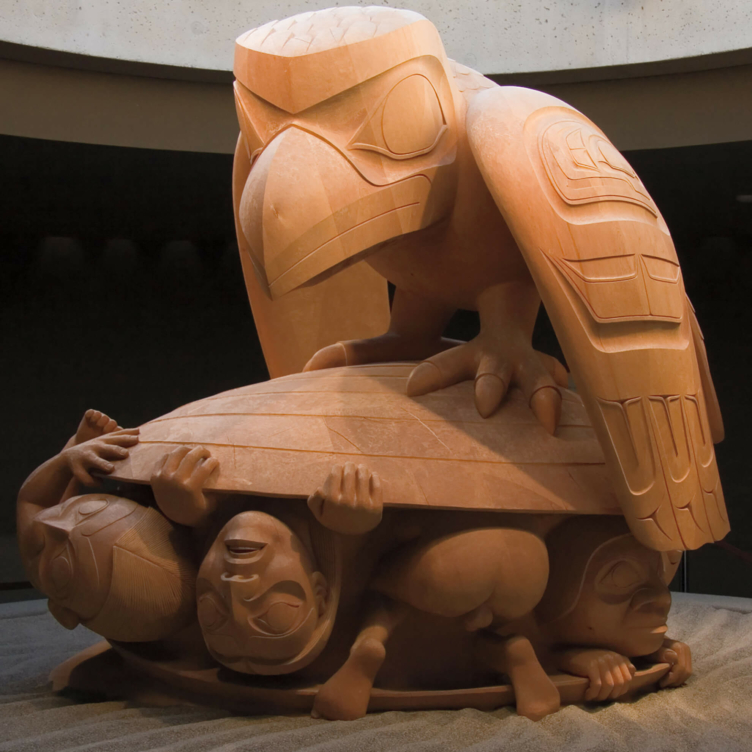 A Cultural Hero
A Cultural Hero
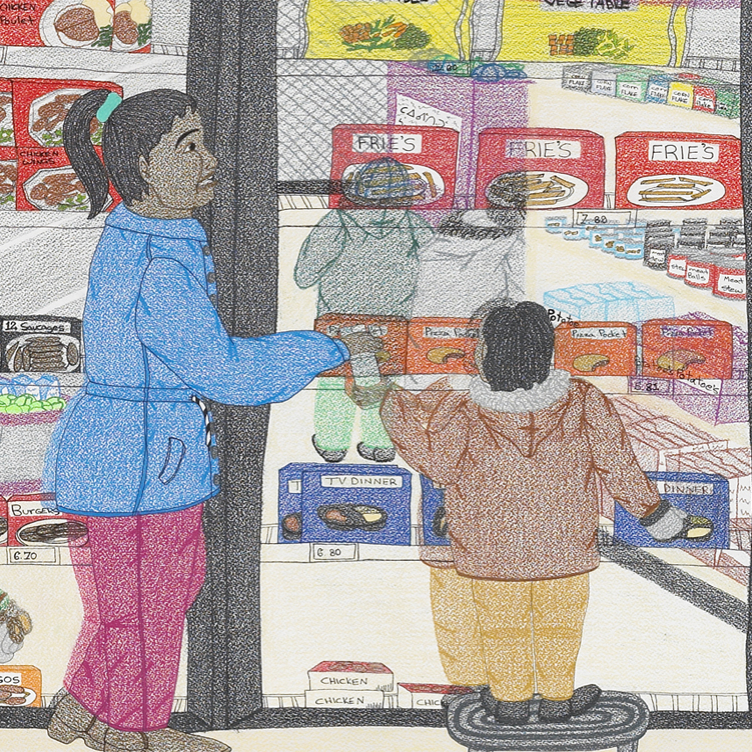 Food for Thought
Food for Thought
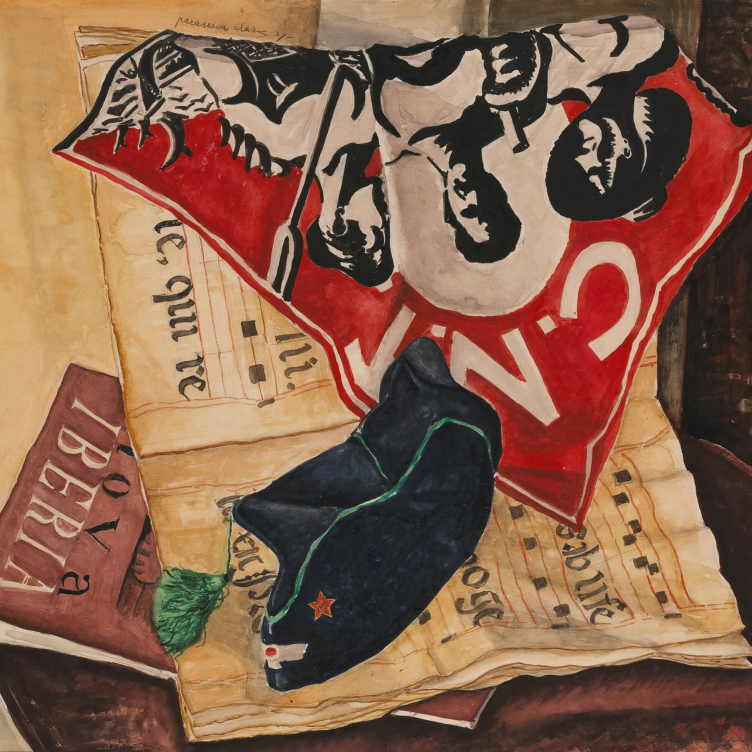 A Passion for Activism
A Passion for Activism
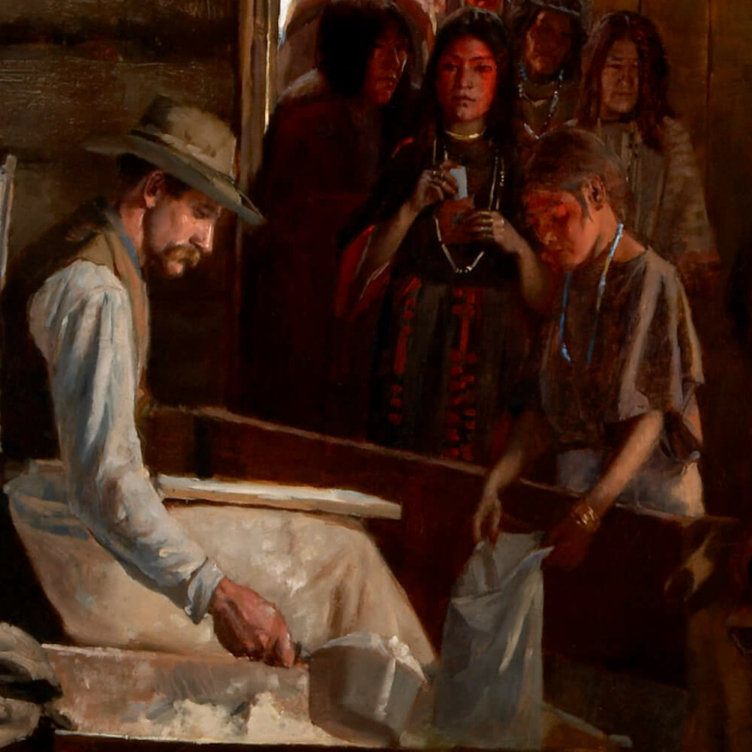 Starvation and Scandal
Starvation and Scandal